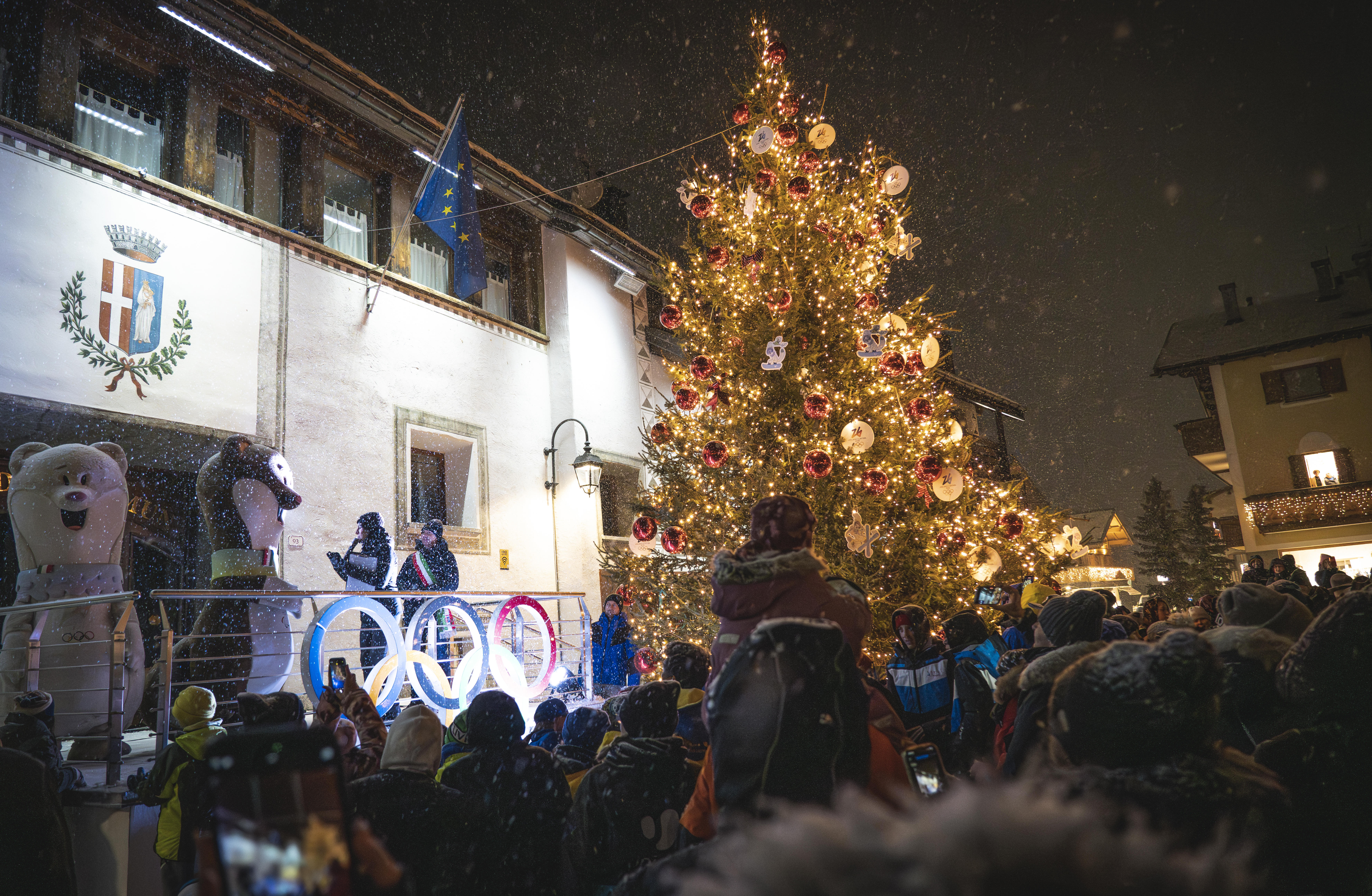THE TASTE OF LIVIGNO TRADITION
THE TASTE OF LIVIGNO TRADITION
14/11/2024
Resilient and determined to reinvent themselves and adapt, the people of Livigno have always exploited, with total respect and utmost care, their land, an inexhaustible source of genuine ingredients to create tasty dishes that tell the unique story of one of the most internationally appreciated Alpine delicacies..
In Livigno, there was once a time when the harsh winters, lasting over six months, shaped everyday life—from daily activities to the recipes prepared on the tables of every household in the village. At an altitude of 1,816 meters, the range of crops that could be successfully grown in home gardens was limited. Among them was the white turnip, a vitamin-rich root capable of withstanding the freezing mountain temperatures. Its seeds are sown in the spring—during the waning moon phase—anticipating a harvest in autumn, ready to be stored for the winter.
Over time, the white turnip has become a symbol of the region's cuisine and a key ingredient in many traditional recipes, which are featured in the bilingual photo book Leina da Saor. This book was created by the Association of Chefs and Pastry Chefs of Livigno and published by Mondadori.
.jpg?width=6240&height=4160&name=Buffet%20TAST_Erika%20Pasin_nov22%20(2).jpg)
Nothing of the turnip was ever wasted: every part could become a precious ingredient for dishes loved by all, such as the dark green leaves - or röicia, in Livigno dialect - that have always been used to prepare inzalata da röicia, seasoned simply with salt, oil and vinegar. Prepare the inzalata da röicia, seasoned simply with salt, oil and vinegar. Not only that, the people of Livigno have always subdivided turnips according to their size, in order to be able to consume them differently and create different culinary proposals different culinary proposals: the ra, the larger turnips, were eaten raw or cooked, while the pásole, the smaller ones, were left to dry in an attic. were left to dry in the attic to then produce two local gastronomic delicacies: pan da carcént and lughénia da pás: the lughénia da pásola
Pan da carcént is a simple yet tasty and substantial doughnut bread, rich in aromas, flavours and above all, of history. It is made with just a few ingredients - white flour, carry-over dough, yeast, water, salt and of course, the dried pásolas that are added to the dough, cooked and ground - is one of the most popular bakery products most popular with locals and tourists alike, and therefore made by numerous local bakeries. Among them is the Goloseria Galli, a bakery and confectioner's shop at the foot of the Mottolino slope that produces pan da carcént with pásole (bread dough) at km0,
which are grown in their own turnip field.
Lughénia da pásola, on the other hand, is one of the most typical local sausages: a salami made from bacon, lard, white wine, garlic, pepper, nutmeg, sugar, salt and, of course, pásole, which is available in several shops, white wine, garlic, pepper, nutmeg, sugar, salt and, of course, pásola, which is available in various local typical products in the area, such as Beltram Happy Farm, a family-run butcher's shop of the Federia farm that deals with the butchering and production of typical cured meats.
These and many other traditional recipes are not only available in the Leina da Saor - which contains 100 traditional recipes 37 revisited and over 250 photographs - but also in TAS'T - Livigno Native Food, a project curated by the of the Livigno Association of Chefs and Pastry Chefs, which aims to enhance the rich gastronomic tradition. In some hotels - during breakfast or during the day as a tasting - and in selected flats, there are in some hotels - during breakfast or during the day as a tasting - and in selected apartments, there are corners where guests can taste 100% Livigno and ‘made in Livigno’ products, made by local producers with high quality raw materials. local producers with high quality raw materials at km0 or completely Italian.
Even walking through the village streets, one can discover how the chefs of local restaurants use turnipin their menus, enhancing tradition and exploiting the secrets told by farmers.
.jpg?width=6240&height=4160&name=Buffet%20TAST_Erika%20Pasin_nov22%20(48).jpg)
Agostino Cusini, Chef de Cuisine at the Tagliede restaurant, member of the Associazione Cuochi e Pasticceri di
Livigno, recounts that: ‘At one time, turnip gardens were numerous and were never watered, either because they were
created in special areas where the humidity was enough to nourish the soil, or because they were irrigated directly by the rains, which was enough to make this fantastic vegetable grow. A curiosity, on the other hand, is related to the large turnips: some of them, in fact, after harvesting, were stored in a cellar in the dark until the following spring when, having sprouted thanks to the moisture, they were replanted in the garden to grow their foliage, which could reach a height of 1 metre. The following autumn, this was then collected and placed in jute sacks, which were shaken and, once sieved, the seeds were obtained to continue cultivation.
Another childhood memory is the unforgettable flavour it gave off when savoured still raw and grated immediately after harvesting it, right in the autumn. I now use it in my restaurant when I offer dishes off the menu. For example, I use it instead of the potato in milk soup or as a condiment for sheep or mixed boiled meat, and it is definitely the way you can find it most easily nowadays.’
Livigno's culinary culture is one that is proudly handed down from generation to generation, to be savoured at any time of day to discover the taste of Livigno's traditions.



.jpg)

0 Comments